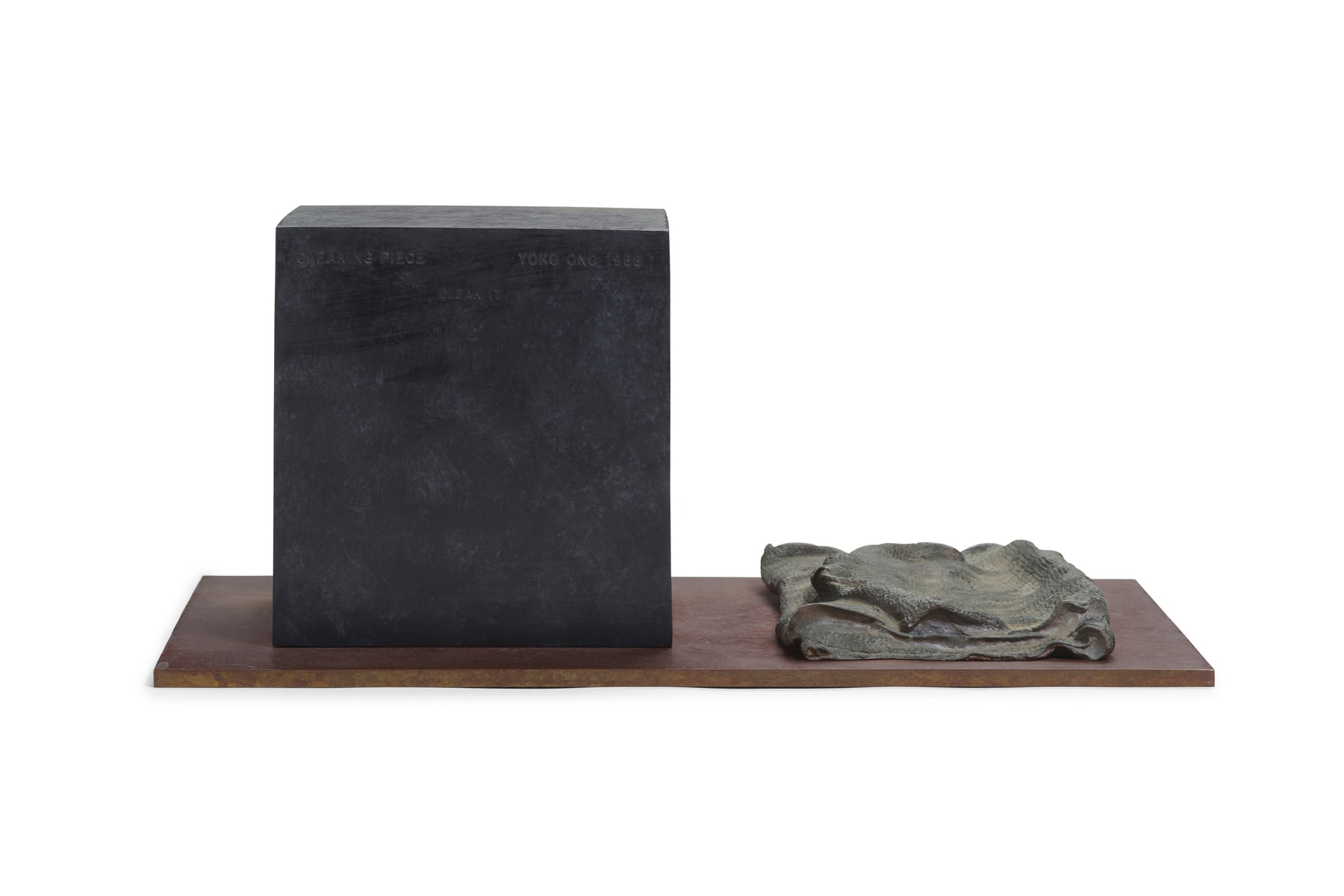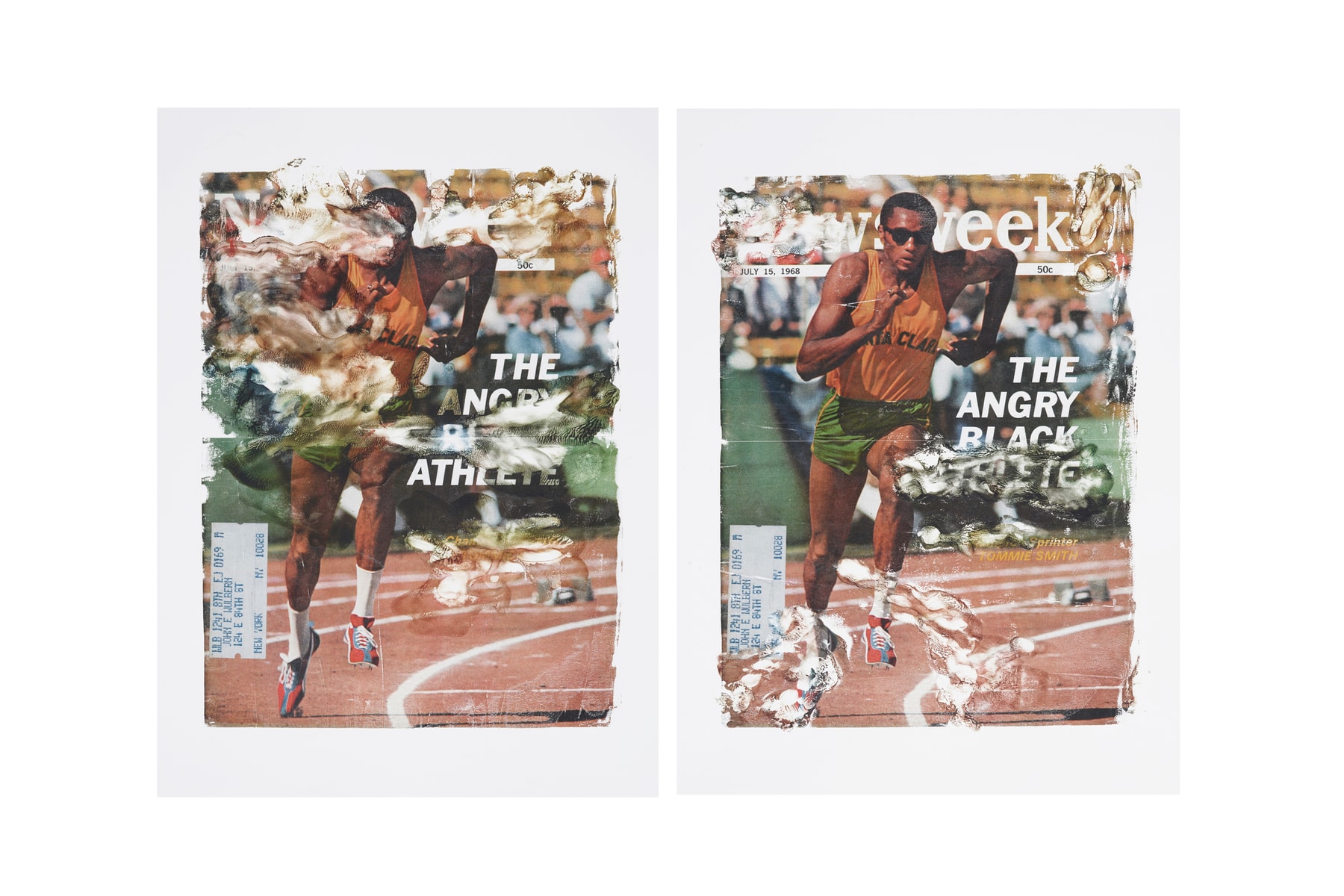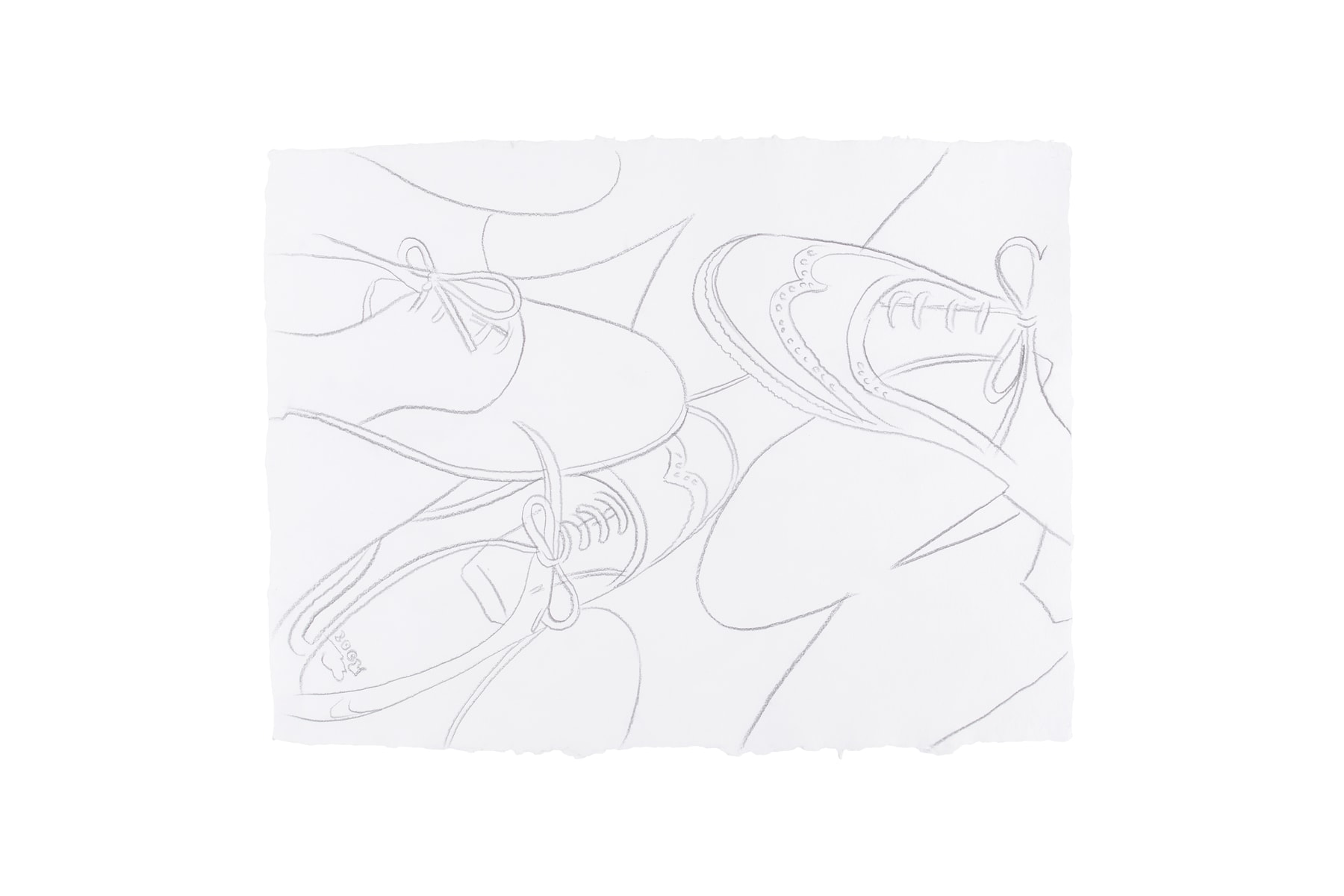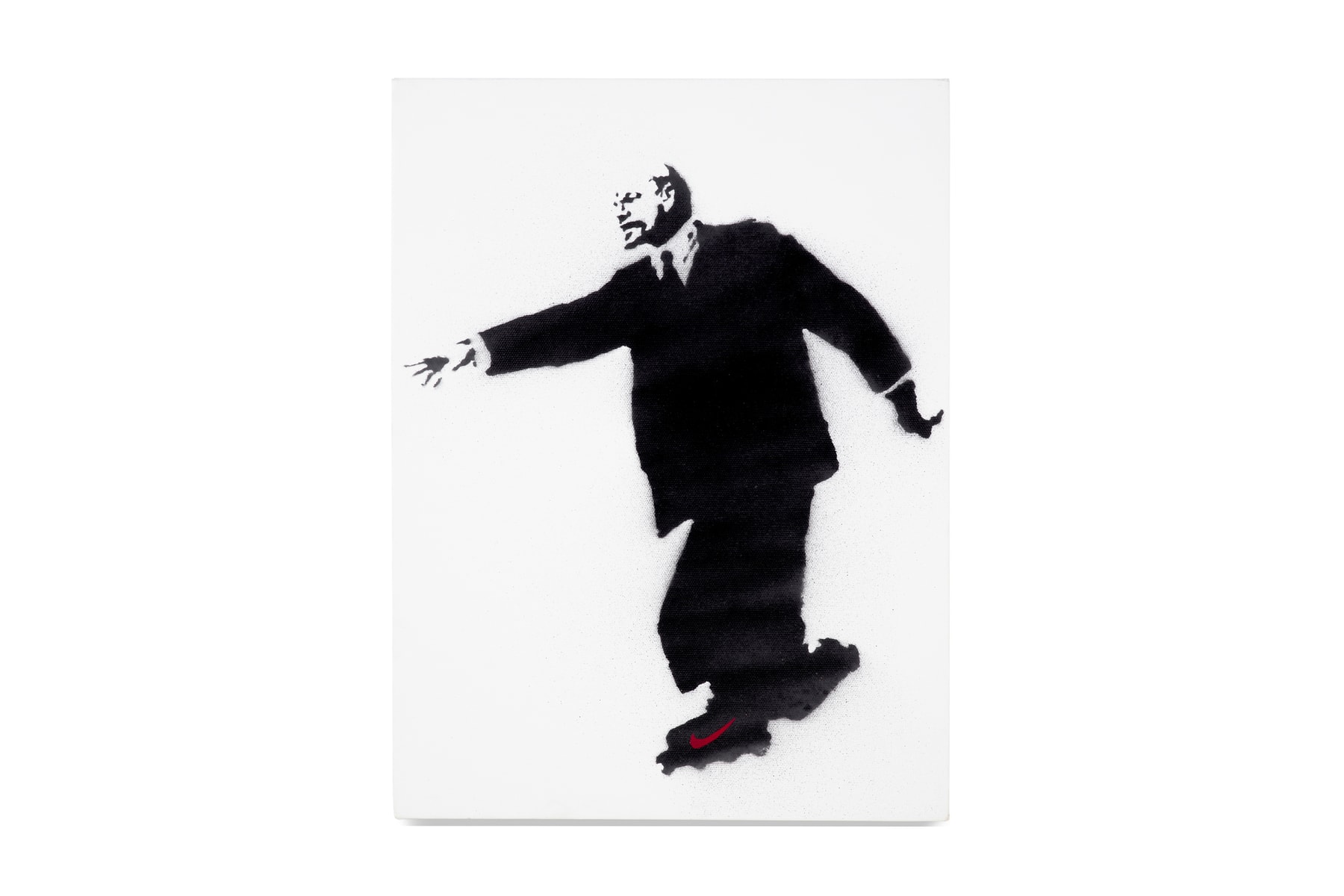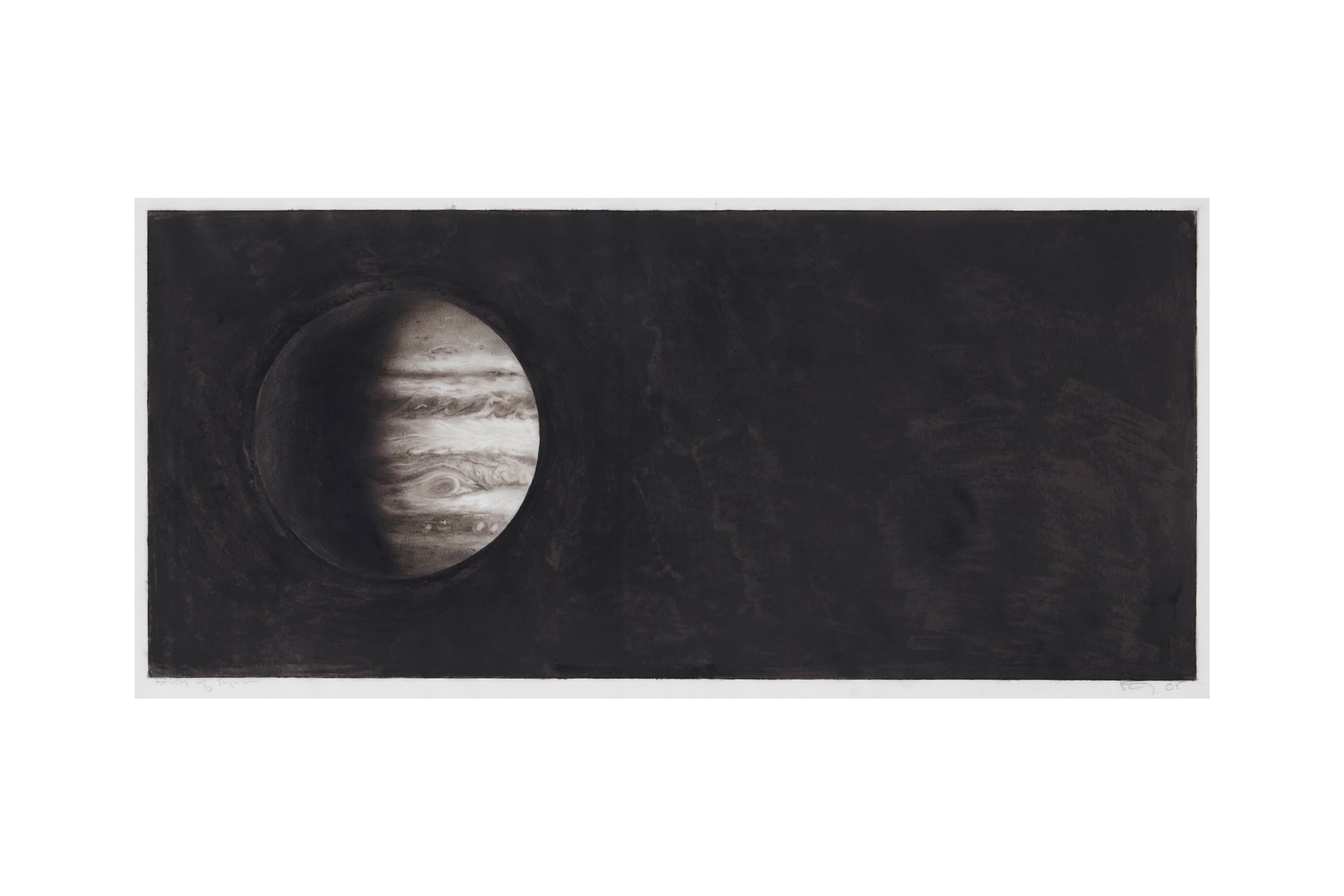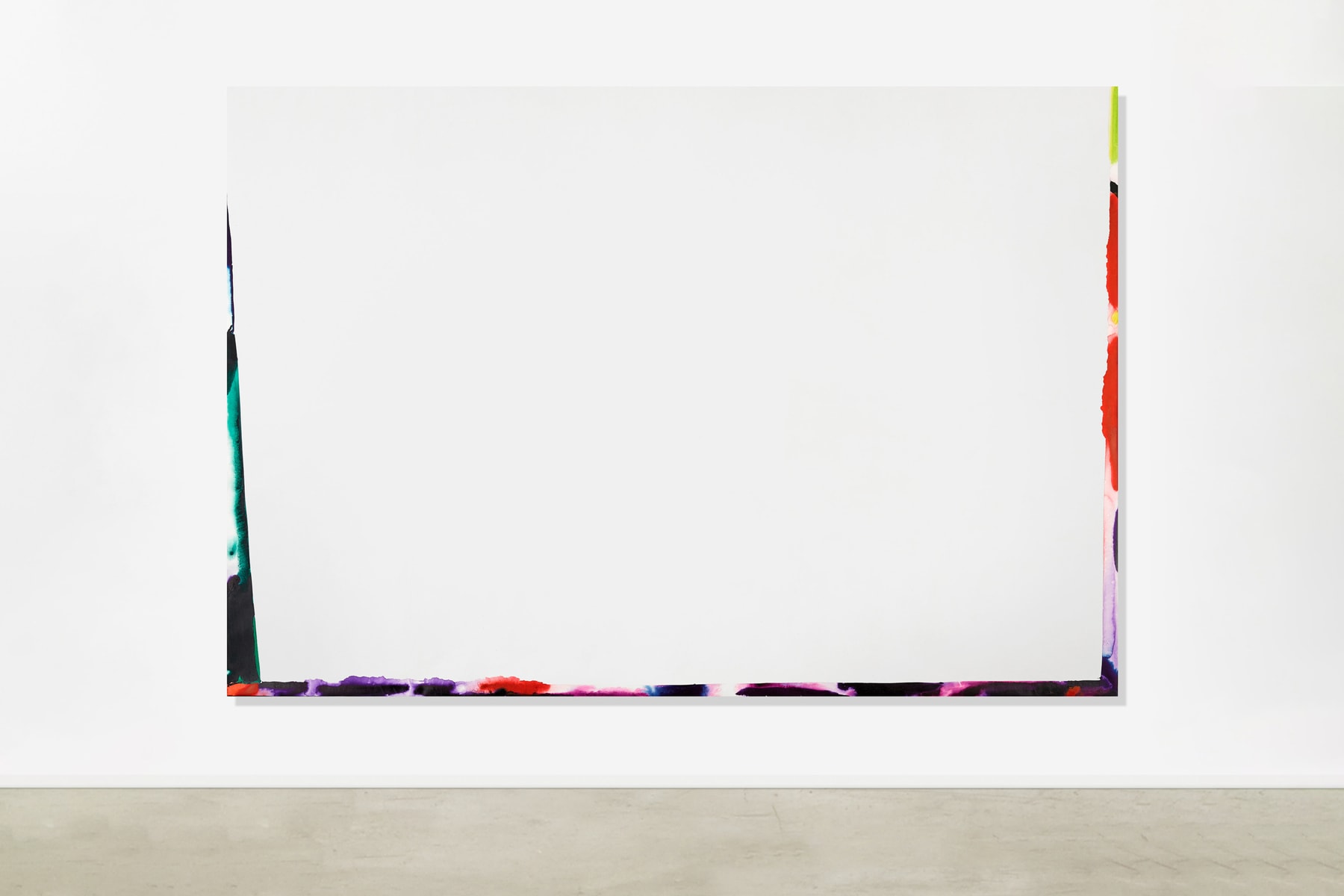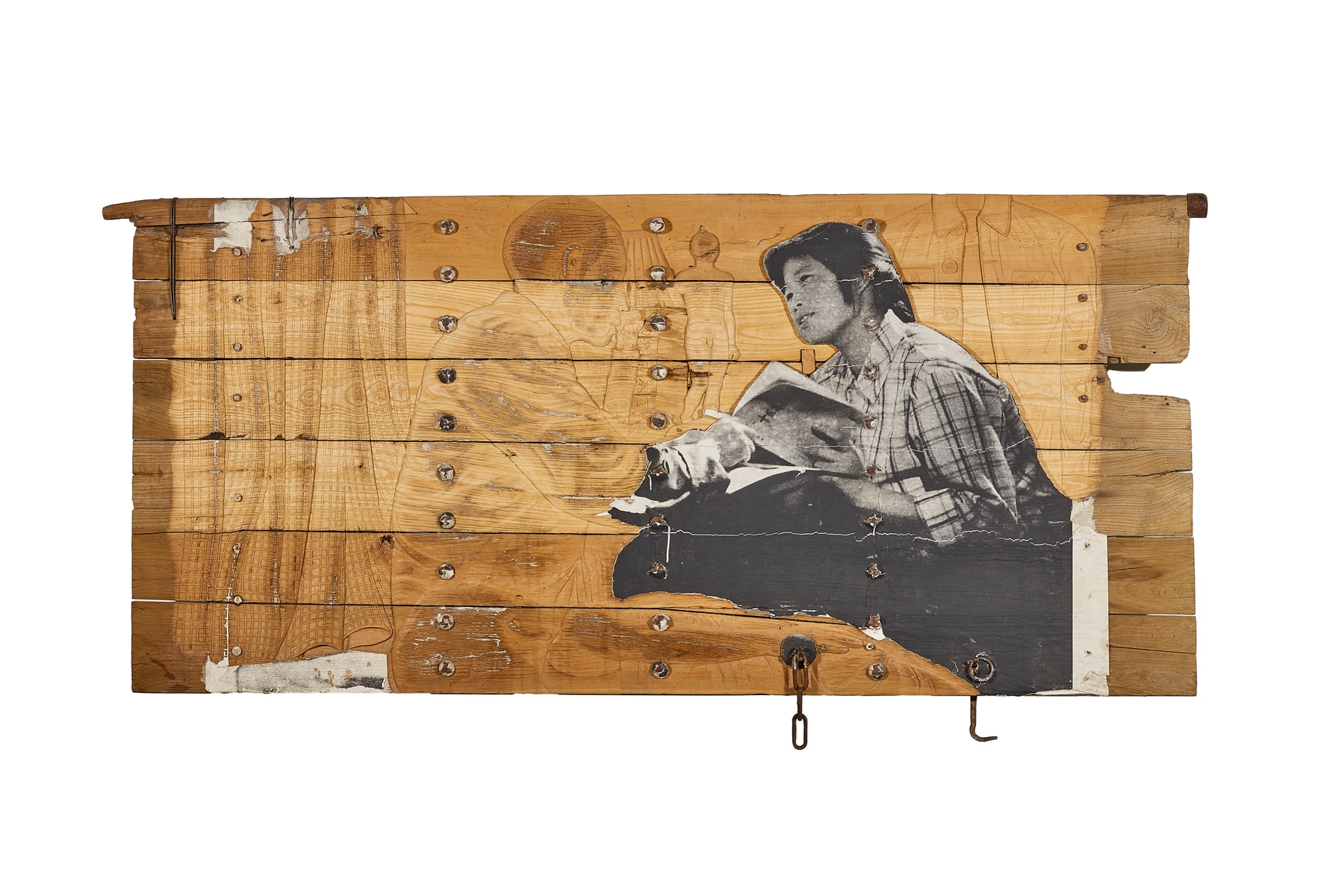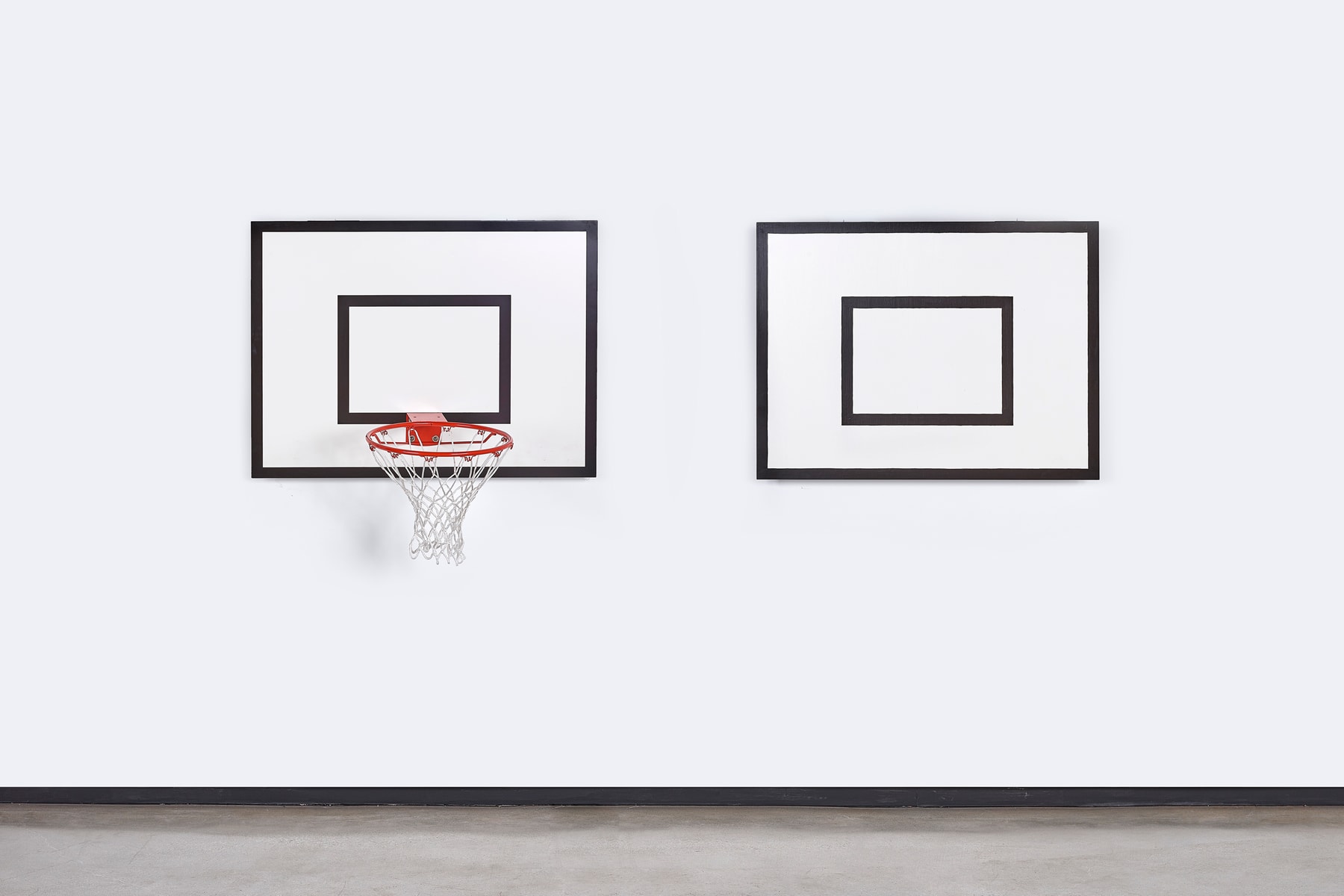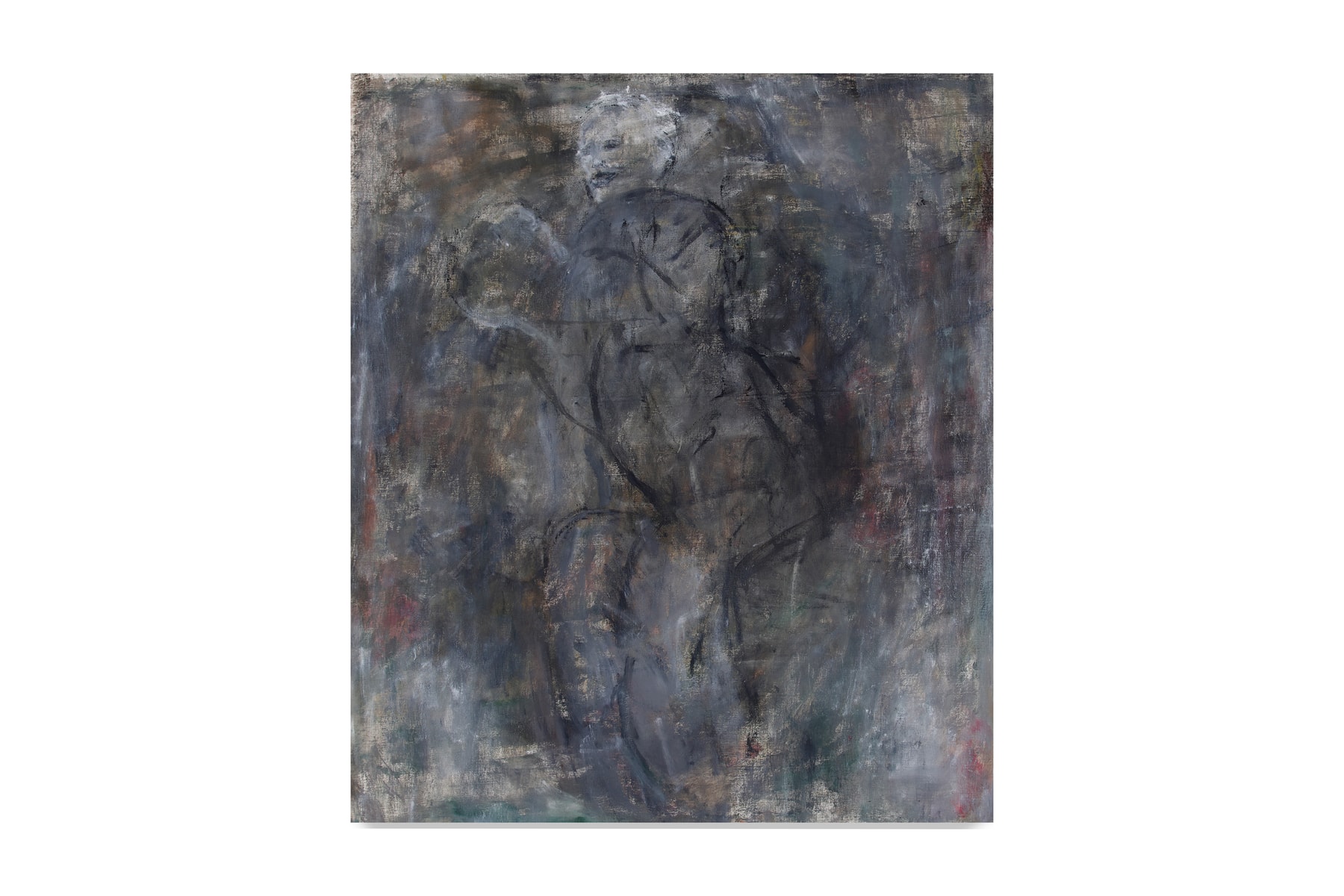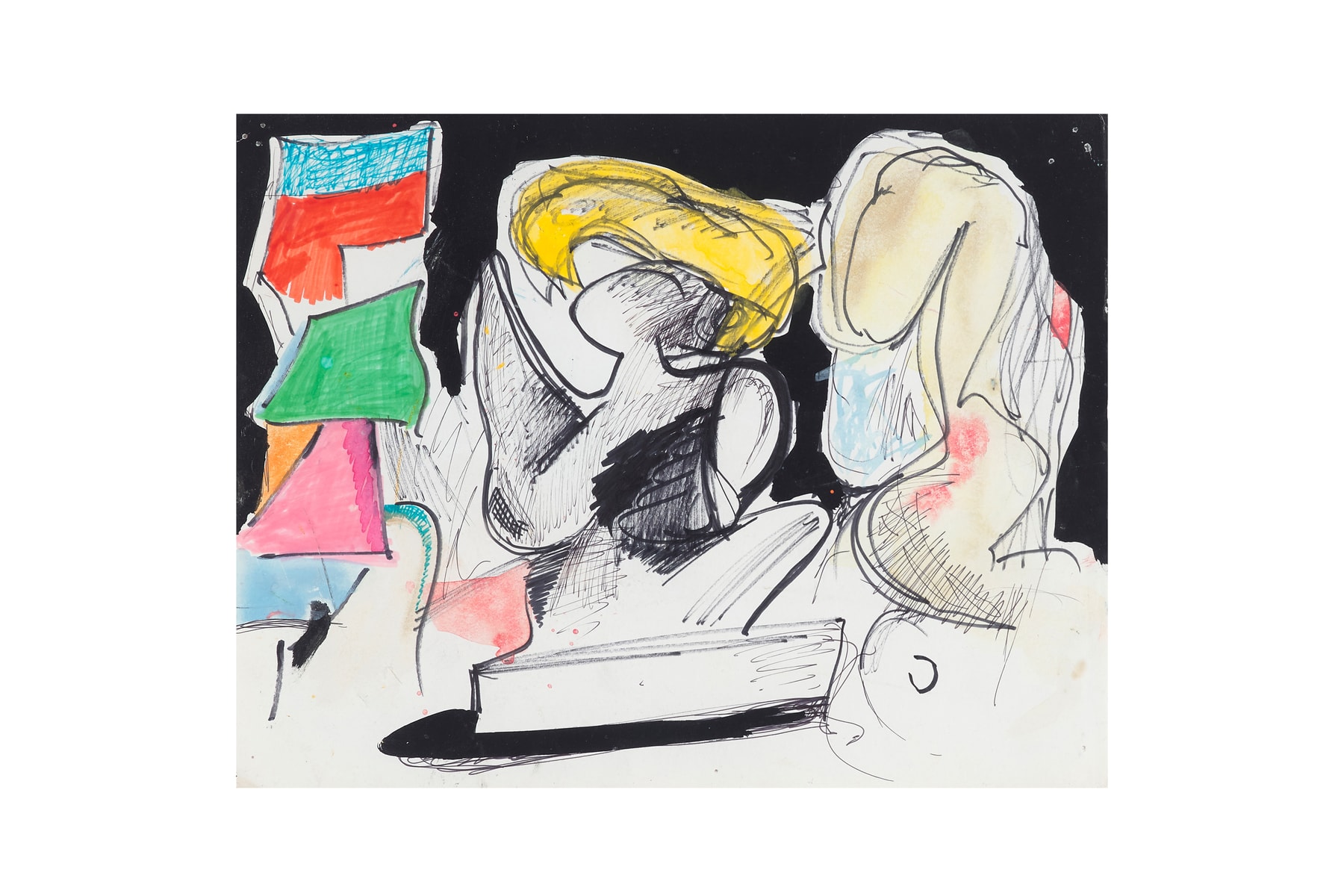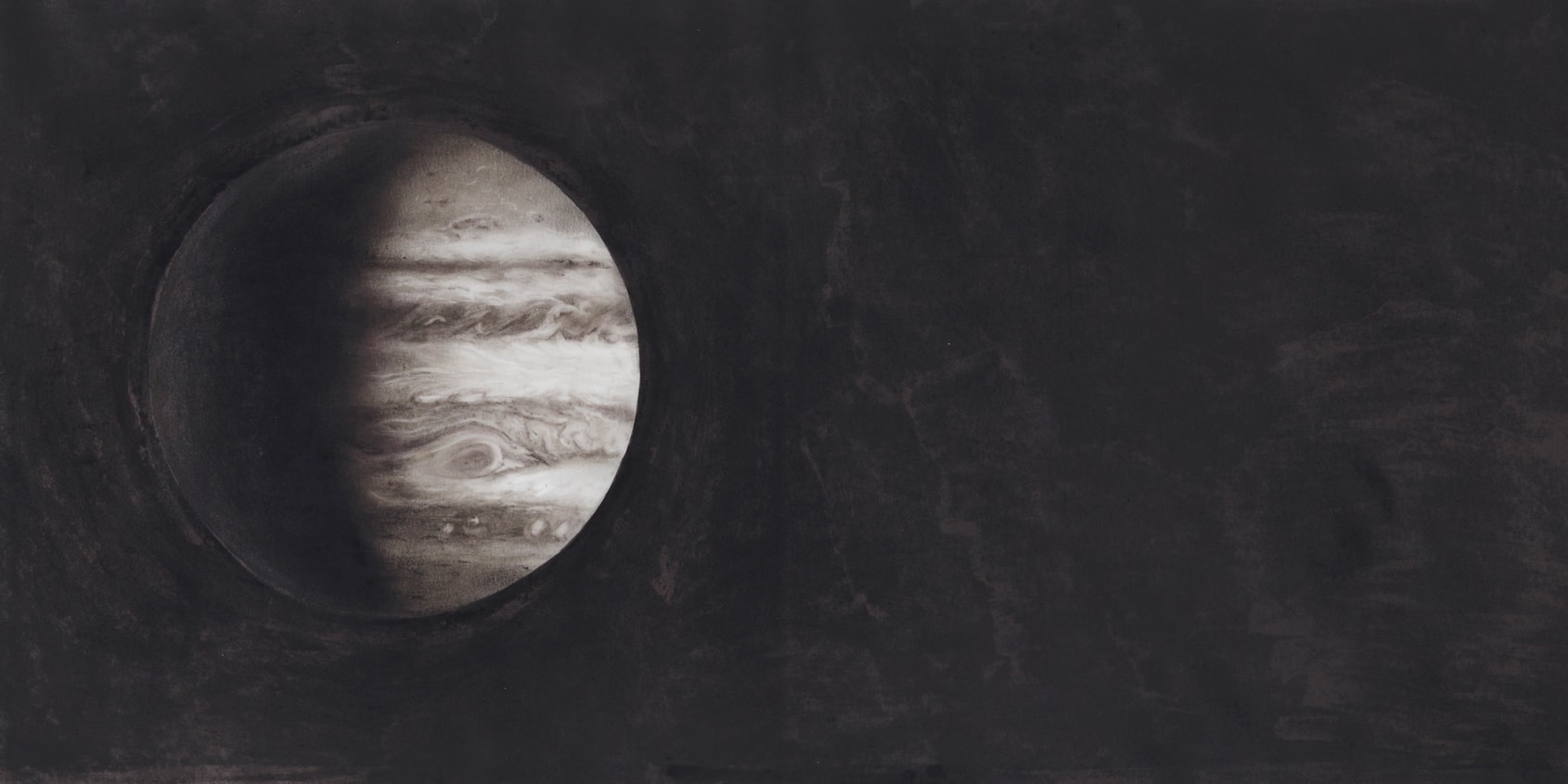

During Frieze Art Week 2024 in Los Angeles, Hypeart and the esteemed auction house, Bonhams, are collaborating for a momentous auction series titled Instructions for a Memory Device. Set within Bonhams’ recently revamped venue, this carefully curated collection by Hypeart provides a window into intimate artist paths from diverse cultural backgrounds. Attendees are encouraged to immerse themselves in the rich histories embedded in the works on view while reflecting on their own personal experiences surrounding the subject matter presented.
Instructions for a Memory Device essentially peels away layers of nostalgia, navigating a flurry of recollections and emotions. Each piece in this series serves as a unique set of loose instructions, guiding us through the labyrinth of artist memories. From the vivid strokes of artists’ brushes to the intricacies of sculpted forms, these pieces encapsulate moments that linger in the corridors of our minds. One highlighted work is a minimalist sculpture entitled Cleaning Piece (1966/1988) by Yoko Ono that references the artist’s “action poems” which she published in a book called Acorn back in 2013 — a sequel to Ono’s Grapefruit book of conceptual art. The poems act as prompts for readers to engage in deep reflections based on particular activities that occur in nature, the home as well as sights and sensations.
Another work in the collection is a pair of unique works on paper by LA-based artist Glenn Akira Kaino called Study for 19.83 #2 (2013) and Study for 19.83 #3 (2013) that challenges the act of recollecting memories. In 1968, Tommie Smith’s symbolic protest during the Mexico City Olympics became an iconic image, symbolizing various causes. “19.83” explores the transformation of historical events into powerful images and the duality of memory—remembering and forgetting. Smith’s action is part of a discourse on collective action and responsibility to past achievements which is memorialized in Kaino’s work.
Other notable works include Andy Warhol’s Shoe Drawing (1981), Robert Longo’s Study for Jupiter (2005), Banksy’s Lenin on Rollerblades (Who Put the Revolution on Ice?) 2003, as well as Nancy Spero’s Lovers (gray abstract) circa 1962 oil painting. Explore, reminisce, and acquire these evocative fragments that resonate with the beauty and complexity of the human experience within Hypeart’s Instructions for a Memory Device.
An exhibition preview for Instructions for a Memory Device opens on February 24 with a special opening reception featuring custom cocktails by Maestro Dobel Tequila to launch on February 27. The physical, live auction will commence on March 1. Those interested in attending the special opening reception will need to RSVP here. In the meantime, take a closer look at the lots we’ve curated for Bonhams below.‘Cleaning Piece’ 1966/1988 by Yoko Ono
Cleaning Piece (1966/1988) by Yoko Ono draws inspiration from the artist’s “action poems” featured in her 2013 publication, Acorn, which serves as a follow-up to Ono’s earlier conceptual art book, Grapefruit. These poems serve as thought-provoking cues, encouraging readers to contemplate profound reflections centered around specific activities found in nature, domestic environments, and various visual and sensory experiences.
‘Group of two works on paper’ 2013 by Glenn Kaino
Glenn Akira Kaino’s works, Study for 19.83 #2 and Study for 19.83 #3, intricately contribute to the dialogue on memory. Positioned in the collection, these pieces delve into the complexities of recollection, using Tommie Smith’s symbolic protest during the 1968 Mexico City Olympics as a focal point. 19.83 probes the transformation of historical events into potent images, embodying the duality of memory – the delicate balance between remembering and forgetting. Kaino’s exploration becomes a living instruction, urging viewers to reflect on the nuanced interplay between collective action, historical responsibility, and the lasting impact of iconic moments, all within the context of the evolving tapestry of memory.
‘Shoe Drawing’ 1981 by Andy Warhol
Andy Warhol’s Shoe Drawing from 1981 harks back to the artist’s early days when he independently published books, single prints, and cards to showcase his whimsical and sophisticated drawing technique. This creative journey was spurred by Tina Frederick, the former Art Director of Glamour magazine, who, after acquiring a drawing from Warhol in 1949, inquired about his other artistic endeavors. Warhol’s response, a casual “Anything,” led to Frederick commissioning a series of illustrations featuring women’s shoes for the magazine.
‘Lenin on Rollerblades (Who Put the Revolution on Ice?)’ 2003 by Banksy
Banksy’s Lenin On Roller Skates, also known as Lenin On Skates, features Lenin on Nike-branded roller-skates, with the red swoosh logo as the sole splash of color in this otherwise monochrome piece. Created in a limited edition of 25, Banksy’s playful and satirical take on Lenin contrasts with Andy Warhol’s more serious portrayal from 1987.
‘Study for Jupiter’ 2005 by Robert Longo
Study for Jupiter is part of Robert Longo’s charcoal drawing series called “The Outward and Visible Signs of an Inward and Invisible Grace (Bodies),” created between 2004 and 2006. This collection portrays planets, stars, and celestial bodies, employing high-resolution images as references for the final drawings. In this particular piece, Longo transforms objects of immense scale into tangible, almost cinematic glimpses into the boundless expanse of the cosmos. As a member of The Pictures Generation, a collective of artists exploring the intersection between reality and construct, Robert Longo investigates the potency of reproduced images.
‘Untitled (SFP68-58)’ 1968 by Sam Francis
In the context of the auction theme “Instructions for a Memory Device,” Sam Francis’s post-war art piece Untitled (SFP68-58) takes on a distinctive role as a catalyst for evolving definitions. His abstract expressionism and color field paintings become instructions etched into the collective memory device of the art world. Over time, the dynamic interplay of form and color in Francis’s works serves as a visual guide, transforming interpretations with each passing era. Much like a memory device capturing varied perspectives, his art navigates through shifting definitions, offering viewers a rich tapestry of meanings.
‘Memory Door (Anatomy)’ 2006 by Zhang Huan
Zhang Huan’s profound exploration of Chinese history through performance and conceptual art establishes a dynamic connection. His paintings act as intricate instructions for memory, delving into the cultural, political, and religious tapestry of his native China. Zhang’s unique choice of materials, from feathers to taxidermied donkeys, echoes the diversity and complexity of historical narratives. Notably, his use of incense ash, embodying both detritus and religious ritual, creates a sensory experience that transcends the visual. In this auction, Zhang Huan’s artworks become living instructions, inviting viewers to engage with evolving interpretations of China’s rich and multifaceted history.
‘Lowered Goals’ 2012 by Elmgreen & Dragset
Within the thematic spectrum of Instructions for a Memory Device, the artistry of Michael Elmgreen and Ingar Dragset subtly reshapes perceptions. Through their whimsical sculptures, installations, and performances, the duo navigates the intricate interplay between art, architecture, and social commentary. Elmgreen and Dragset’s work, Lowered Goals, 2012, with its sly wit and insightful critique, gently guides viewers through a maze of ideas.
‘Lovers (gray abstract), circa’ 1962 by Nancy Spero
Created during her time in Paris in 1959, the painting stands as a part of her Paris Black Paintings, a collection distinguished by a unique technique. Nancy Spero’s process, involving layers of black over ‘gold oil,’ presents a visual allegory for the layers of history and memory. The act of rubbing out and redrawing, inspired by classical and ancient art, transforms the canvas into a palimpsest of time. Spero’s work, within the auction theme, instructs viewers to engage with the layers of the past, inviting contemplation on the intricacies of historical echoes and artistic evolution.
‘Untitled’ 2012 by Eddie Martinez
Eddie Martinez’s unruly and vibrant paintings take a cue from art history, like action painting, Neo-Expressionism, and the CoBrA movement. He puts his own spin on things with bold brushstrokes, using all sorts of materials, and playing around with abstract shapes and rhythms. The work, Untitled, 2012, channels the artist’s interests and motifs found within popular culture with the artist having created work in the same year that feature cartoonish subjects, skulls, and clowns.





